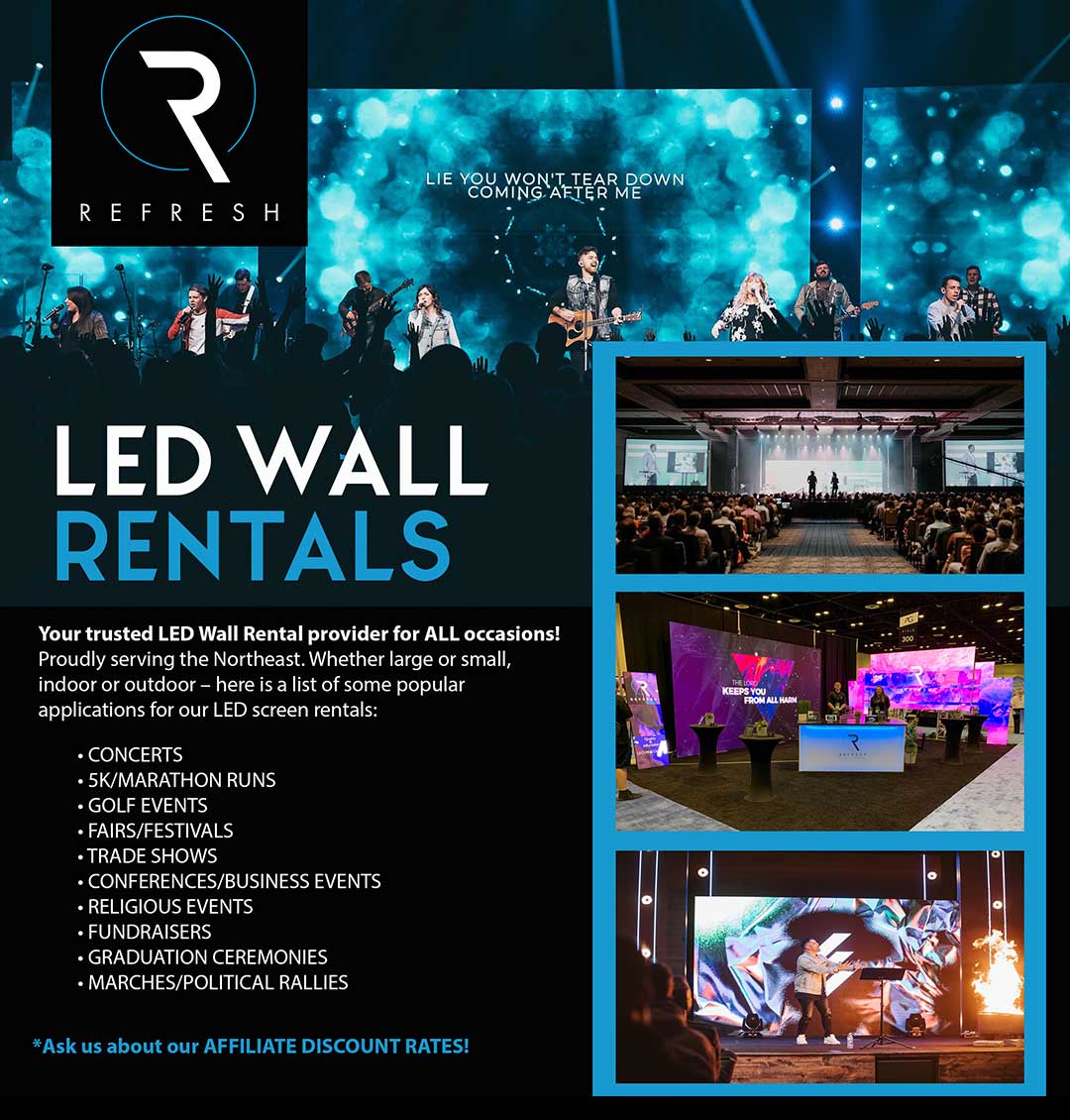Shedding Light on this Future: Exploring various Benefits and Disadvantages of LED Panel Panels versus Conventional Lighting Solutions
LED wall panels have become increasingly popular in both residential and commercial spaces, offering an alternative to traditional lighting solutions. These screens are thin, thin devices that use light-emitting diodes (LEDs) to produce illumination. They provide a modern look and can be used in various settings, such as workspaces, educational facilities, and residences. While LED wall panels have many benefits, it is essential to compare them with conventional illumination alternatives, such as traditional bulbs and neon lights, to understand their advantages and disadvantages.
One of the notably notable benefits of LED wall panels is their power effectiveness. LEDs use significantly less energy than traditional lighting sources, which can lead to lower electricity bills. For example, an LED screen can consume up to 75% less energy than an incandescent lamp while offering the same amount of light. This power efficiency not only saves money for consumers but also lowers the overall environmental impact, making it an environmentally friendly choice. With increasing worries about environmental issues, many individuals are seeking for methods to minimize their power usage, and LED wall panels can be a helpful option.
Another benefit of LED wall screens is their long lifespan. Conventional illumination solutions often require frequent changes due to burned bulbs. In contrast, LED screens can last up to twenty-five times than incandescent lamps, and much greater when contrasted to fluorescent lights. This endurance means that users spend less time and money on upkeep and renewals. Additionally, the minimized need for replacements adds to fewer environmental impact, further benefiting the eco-system. This robustness makes LED wall panels a much feasible option for both home and business operators.

Despite their many benefits, LED panel screens do have some drawbacks. One issue is the upfront cost of purchasing and installing these learn about this here now panels. While prices have decreased over time, LED screens can still be more costly initially than conventional lighting options. However, it is important to consider the long-term savings on power costs and renewal expenses when assessing the overall worth of LED illumination. Some consumers may also be deterred by the brightness of LED lights, as go now they can be harsher than the warm glow provided by incandescent bulbs. Finding the appropriate intensity and hue tone can be essential for establishing a pleasant environment.
Another potential drawback of LED panel screens is their sensitivity to temperature and humidity. High temperatures can diminish the effectiveness of LEDs, and high moisture can lead to damage. This issue is particularly important in spaces of a home or building where conditions can fluctuate, such as bathrooms or cooking areas. It is important to select the appropriate type of LED panel for specific environments to ensure optimal functionality. Additionally, some individuals may feel that the illumination produced by LEDs can be not as comfortable than conventional illumination, leading to concerns about eye strain or unease in specific environments.
In summary, LED panel screens offer many advantages over traditional lighting options, including power effectiveness, longevity, and reduced maintenance expenses. However, they also come with some disadvantages, such as increased upfront expenses and sensitivity to surrounding conditions. As consumers go on to investigate illumination options, it is clear that LED wall screens can provide a contemporary and eco-friendly solution for a variety of locations. By understanding both the advantages and challenges of these screens, people and companies can make informed choices that most meet their lighting needs.